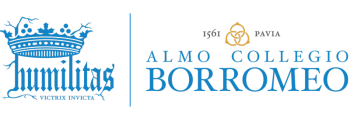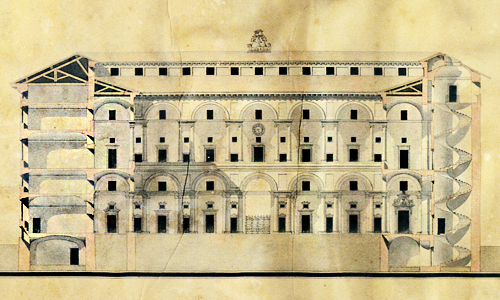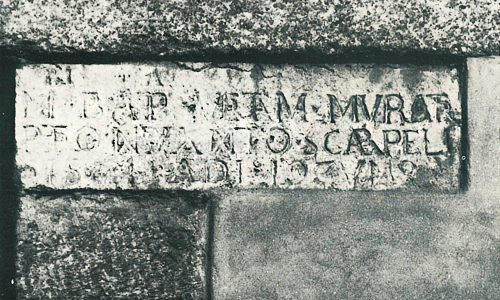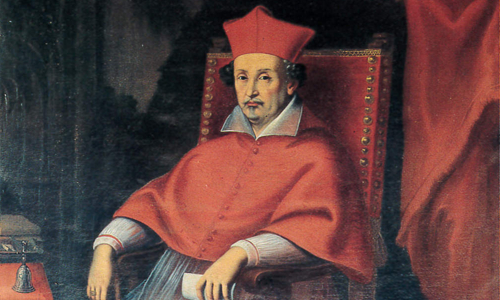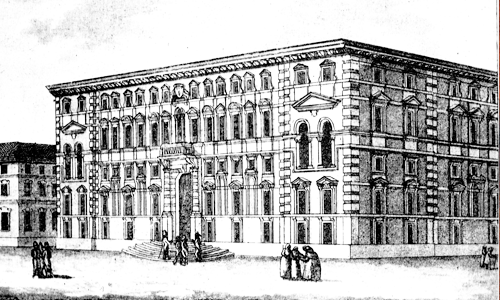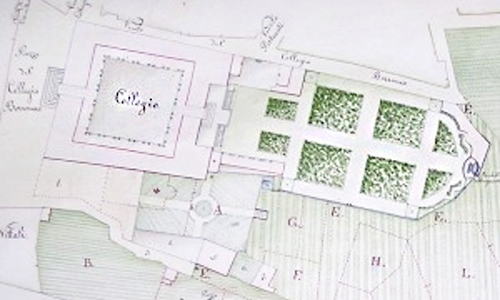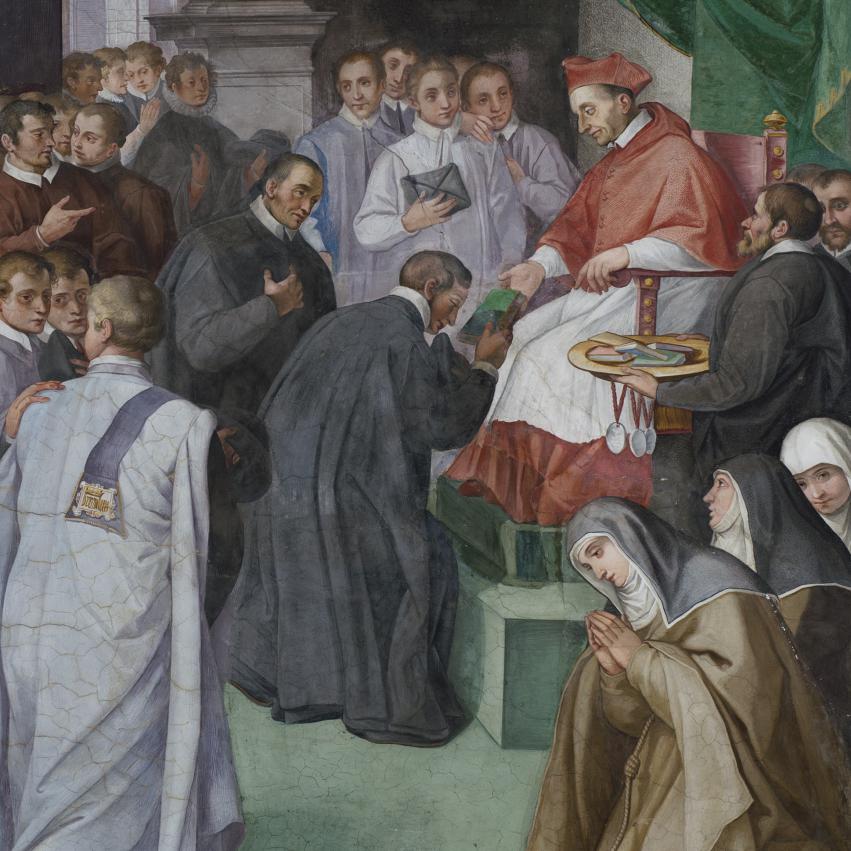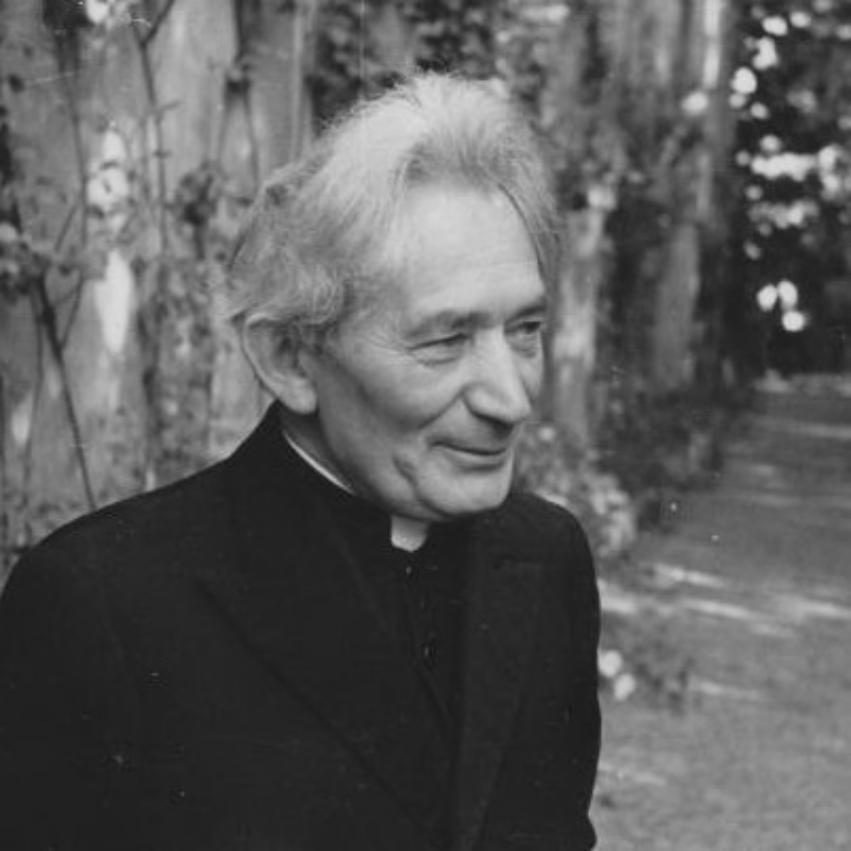In the seventeenth and eighteenth centuries, it mainly provided jurists destined for positions in the government and administration of the Church and the Milanese state: Cesare Monti, Federico Visconti, Giuseppe Pozzobonelli, cardinal archbishops of Milan, Marco Arese, regent of the Supreme Council, highest office in the Milanese state, Giorgio Clerici, president of the Senate; numerous bishops and cardinals: Giuseppe Alessandro Furietti, cardinal and expert in ancient mosaics. At later times, the Collegio house: among jurists, Pietro Custodi, collaborator of Minister Prina; Giuseppe Ferrari, an important representative of republican federalist ideas, pupil of Gian Domenico Romagnosi, and protagonist of the Italian Risorgimento; Contardo Ferrini, distinguished teacher of Roman law, recognized as “Blessed” by the Church; Scipione Ronchetti, Minister and Keeper of the Seals of the Giolitti and Tittoni governments, proposer of the law on conditional sentence. Among doctors, Agostino Bertani, organizer of the Expedition of the Thousand and secretary of Garibaldi, promoter of the public hygiene code of 1885; Enrico Acerbi, precursor of bacteriology mentioned by Manzoni in a note to The Betrothed; Lamberto Parravicini, surgeon; Carlo Forlanini, creator of the first artificial pneumothorax for the treatment of tuberculosis. Among mathematicians, physicists and engineers: Giovanni Codazza director of the Royal Industrial Museum of Turin; Francesco Brioschi, founder of the Polytechnic University of Milan and author of 279 scientific publications; Gaspare Mainardi scholar of differential geometry, of which we recall the Gauss-Mainardi-Codazzi formulas; Luigi Volta astronomer of the Brera observatory. Among the scholars: Eligio Possenti, playwright and critic, one of the first to evaluate the originality of Pirandello. In addition, the Collegio hosted the Russian poet Venceslav Ivanov between 1926-1936 and counts among its rectors Cesare Angelini, an important interpreter of Manzoni and an attentive scholar, and Leopoldo Riboldi, Rector Perpetuus, who, with the donation of 4,200 volumes from the Collegio library, contributed to the establishment of the Faculty of Political Sciences in Pavia, the first in Italy. Currently, a substantial part of the Pavia faculty members were students at the Collegio.
